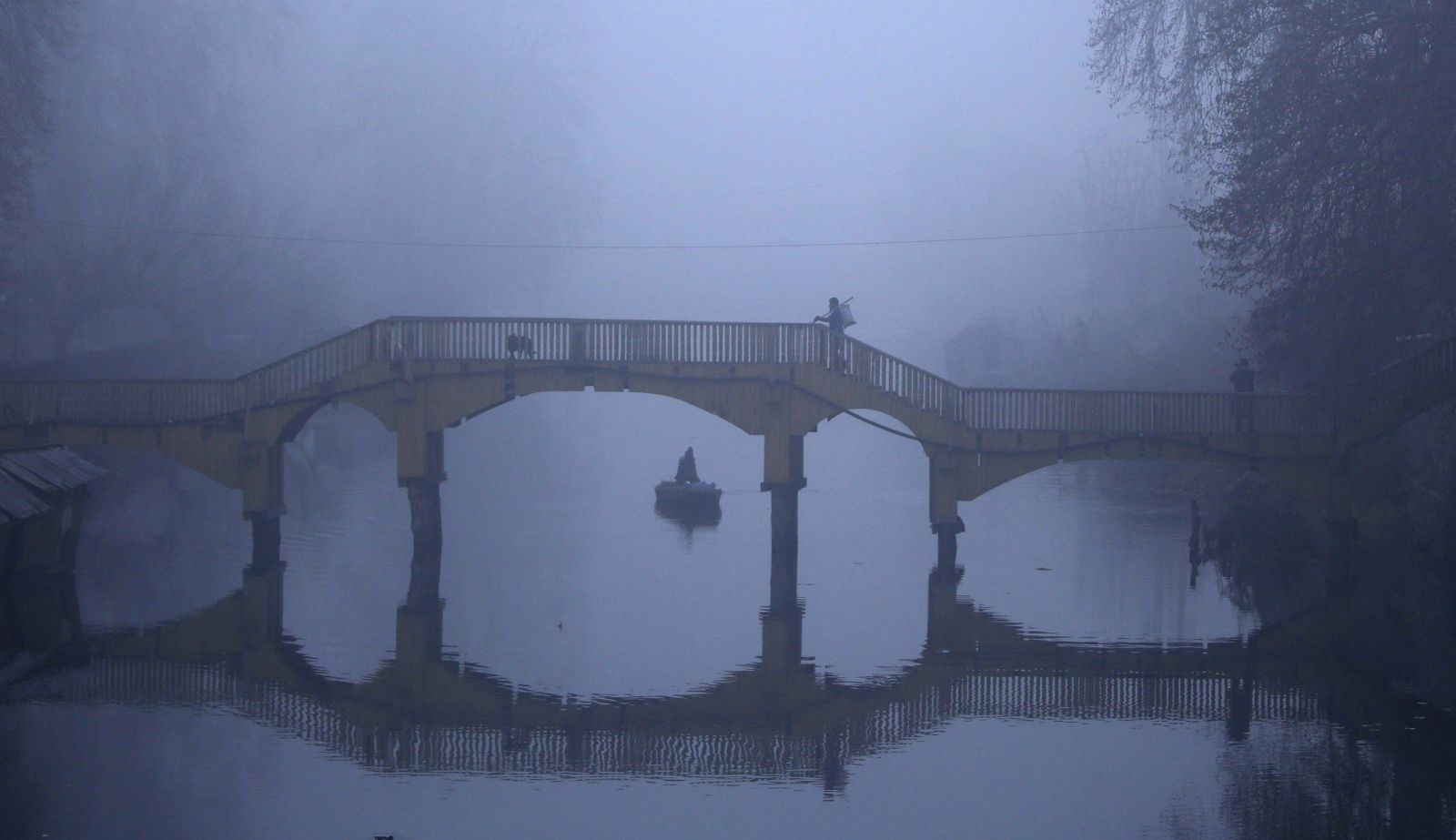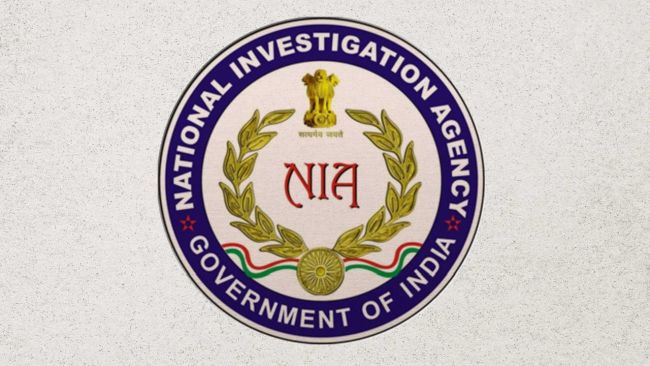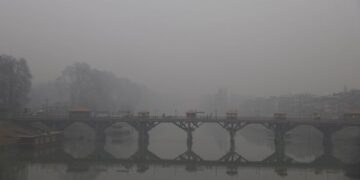Srinagar: Kashmir’s persistent dry weather is taking a toll on everything that is Kashmir – air, water, land and economy, and consequently the residents as well – a cause of major concern for all!
December 2024 has witnessed a staggering 79 percent deficit in precipitation, with no snow in the plains and very little snowfall in higher altitudes. Experts link this prolonged dry spell to climate change, which is disrupting the valley’s delicate seasonal cycles vital for agriculture, water supply, and daily life.
Mukhtar Ahmed, head of the Indian Meteorological Department in Kashmir, said: “The ongoing dry spell and shortened winters are clear indicators of climate change. These shifts disrupt the hydro cycle, and consequently agriculture and hence the entire economy.”
Environmental scientist Dr. Shakil Romshoo added, “The lack of timely snowfall means glaciers aren’t replenished, threatening long-term water security for the region. Farmers are being forced to shift from traditional paddy to less water-intensive crops like fruit orchards.”
The dry weather, combined with vehicular emissions and the use of heating devices, has caused a surge in respiratory illnesses. Srinagar’s Air Quality Index (AQI) recently reached 183, labeled as “unhealthy”, with PM2.5 levels at 119.7 µg/m³—far above safe limits.
“We are seeing a sharp increase in respiratory problems among children and the elderly due to prolonged exposure to polluted air,” said Dr. Naveed Nazir, a senior pulmonologist at the Chest Diseases Hospital in Srinagar.
Winter tourism, a cornerstone of Kashmir’s economy, is reeling under the impact of insufficient snowfall. “Destinations like Gulmarg are seeing fewer visitors, and if this trend continues, it will significantly harm our local economy,” noted Fayaz Ahmad, a hotelier in Gulmarg.
Faced with the mounting challenges, many residents are turning to prayers, seeking relief from the unrelenting dry spell. “We are praying for snow not just for the beauty of winter but for the survival of our livelihoods and ecosystems,” said Ghulam Nabi, a farmer from Anantnag.
The crisis calls for the urgent need for climate-resilient policies in agriculture, sustainable energy management, and improved pollution controls to protect the valley’s fragile ecosystem and its people. (With inputs from KNO)
Higher reaches in Kashmir receive fresh snowfall
A fresh spell of light snowfall was reported in the higher reaches of Kashmir on Monday as the weatherman here has predicted no major activity till December 12.
Light snowfall occurred at several higher reaches including in Sonamarg, Doodhpathri in Budgam, Shadimarg and other areas. The fresh spell of snowfall comes under the influence of a feeble Western Disturbance in Jammu and Kashmir.
The plains of Kashmir including Srinagar witnessed dry, cloudy weather with occasional sunshine as well.
The weatherman here has predicted erratic weather conditions for the next few days but added that there would be no major wet spell till December 12.
Tomorrow, there will be generally cloudy weather with light rain and light snow over higher reaches at scattered places towards the late evening of 2nd to 3rd morning.
Director Meteorological (MeT) department, Dr Mukhtar Ahmad said that generally dry weather conditions are expected from December 4-7 while generally cloudy weather with light rain and snow over higher reaches at isolated places is expected on December 08.
Meanwhile, the minimum temperatures once again settled below the freezing point in Kashmir with Gulmarg ski resort being the coldest place across the Valley at minus 2.9 degree Celsius.
Pahalgam recorded minus 2.3 degree Celsius while Srinagar recorded minus 0.8 degree Celsius.
Qazigund recorded a minimum temperature of minus 1.4 degree Celsius while Kupwara in north Kashmir recorded a low of minus 1.5 degree Celsius. (With inputs from KNO)







